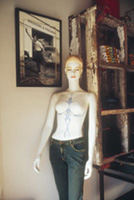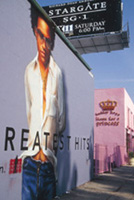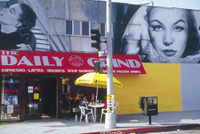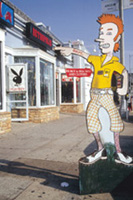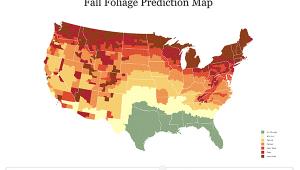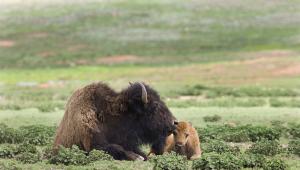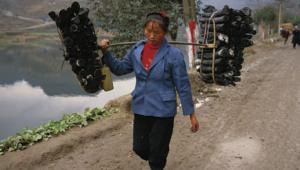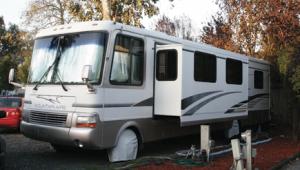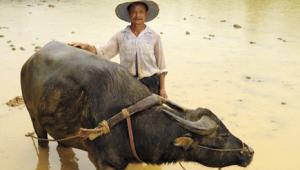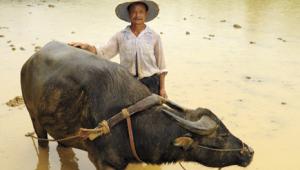Capturing Funk On Film
A Stroll Down L.A. Melrose Avenue
The dictionary defines the quality of funkiness as, "unworldly simple or unsophisticated in style; unconventional and individualistic in behavior or style; tasteless, lacking style or good taste; unconventionally stylish and new; having a strong, unpleasant odor." Depending on where you're from, your age and background, the commercial stretch of L.A.'s Melrose Avenue can exhibit all of the above in spades. As the saying goes, "You're not in Kansas anymore." If you're accustomed to white picket fences and polite children who address you as sir or ma'am, then the trashy streets and "colorful" residents of the area are guaranteed to be a large dose of culture shock. On the other hand, if you were stunned speechless by anything out of the ordinary, you probably wouldn't be a photographer. Regardless of your personal lifestyle philosophy, it's impossible not to be fascinated by the prolific presence of vibrant colors and bold graphics that confront you at every turn. It's kind of like a carnival with no admission charge. But even if your normal photographic diet consists mainly of pastoral landscapes, shifting gears occasionally and tackling totally different subject matter will help keep your vision fresh. |
|||
Melrose Avenue is within my figurative back yard (in L.A. that's anywhere within a 50 mile radius), so the "Gollleee, Martha, wouldja lookit that!" factor has long since worn off, but it's still a favorite haunt for testing new "warm-biased" films. Besides, once you let yourself get into the spirit of the place, it's a just plain fun morning or afternoon shoot (depending on the season and which side of the street you want the sun on). Businesses and trends come and go, so change is constant, providing new photo opportunities with each return visit. For that very reason, don't pass up a shot for "next time"; like as not, next time it won't be there. Pick Your Spot Pick Your Time |
|||
Pick Your Gear This kind of shoot typically involves subject matter of widely varying sizes and shooting distances. A wide-to-medium tele-zoom (I used a 24-105mm), preferably with some macro capability, will prove most convenient here. On occasions when I'm using a camera for which there is no zoom available (e.g., most rangefinders), I try to remember to look around after taking a picture to see if there's another composition suitable for the lens that's on the camera, before switching lenses for a picture of differing scope; this helps to cut down on constant lens changing, which can get old in a hurry. |
|||
Pick Your Shots Variety in your compositions contributes greatly toward creating a successful visual essay, as opposed to just a string of record shots. To that end, mix up your long, medium, and close-up compositions, and vary your shooting height as well. Outlandish statuary will often look more imposing (or ludicrous) when shot from a low angle, and colorful curb-standing signs hold your attention better when photographed from their own level or lower. Pedestrian and automobile traffic shots usually gain interest when shot from a higher vantage point, whether the modest boost of a bus stop bench or the more pronounced perspective of a second-story window or balcony. This also helps record storefronts from across the street without having unavoidable parked cars obstructing details near sidewalk level. |
|||
Funky locales are predictably reliable troves of potentially humorous or poignant juxtapositions of elements. Bizarre signs and window displays abound, all clamoring to be paired with each other, campy locals, or straight-laced tourists. When moving people or vehicles (here in "SoCal," some of the personal modes of transportation are as zany as the people and buildings) are to be included, timing is everything. The time between recognizing an impending juxtaposition and its occurrence can be frustratingly brief. It is mandatory that your camera is ready to shoot without hesitation, or the fleeting opportunity will be lost. I frame the static elements and let the mobile element move into the frame, releasing the shutter at the appropriate instant. If your camera is autofocus, this sequence gets the focus and exposure chain of events over with before the moving subject arrives at the desired point, avoiding the otherwise annoyingly long time lag between pushing the shutter button and the actual firing of the shutter, which could reduce capturing "the decisive moment" to pure guesswork. Also try to occasionally include "identifiers," such as street signs, store names, or billboards that identify the location and help anchor your picture story. These are often most effective when they appear as an incidental part of the composition, rather than as a blatant close-up "name tag." I seldom use flash under these circumstances, as it draws attention and often offends. In the rare instance that supplementary fill is necessary, the built-in pop-up units on many SLRs are more than adequate. As a matter of courtesy, I never use flash on strangers; I carry a small (18") collapsible reflector for the purpose, which provides a more natural lighting effect. |
|||
Don't spend all your time taking pictures. Enclaves like Melrose Avenue offer an eclectic assortment of goods for sale that you aren't likely to find in the Sears catalog. From antique and nostalgia shops to clothes that would embarrass a Frederick's of Hollywood clerk, if you're in the market for a conversation piece, you probably won't go home empty handed. Before closing, I should also recommend taking the precaution of keeping close track of your camera gear. I try to bring a friend or assistant with me on urban shoots, because it's all too easy to become parted from your expensive equipment while you have your eye glued to the viewfinder. That may sound paranoid, but, an ounce of prevention, etc€ So wherever your quest for photo-funk opportunities takes you, remember that maintaining an open mind will enable you to extract the maximum photographic benefit from your encounters. Get into the spirit and enjoy yourself. Keep in mind that what's weird to you can be normal to others, and, conversely, what's normal to you can be downright strange to the next guy. Residents of Melrose Avenue might well be aghast at the regimented tidiness of a New England village. It's all a matter of perspective, mental as well as photographic. Funky Locale Check List
|
- Log in or register to post comments

